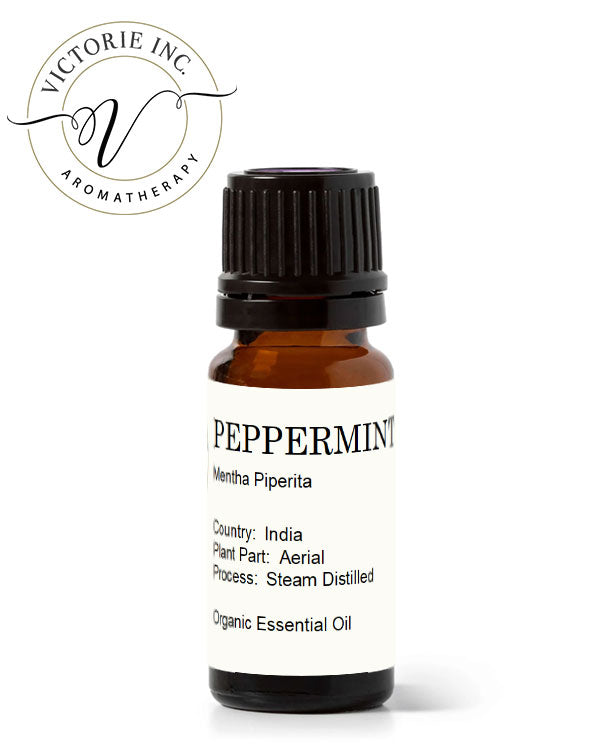
Mint - Peppermint Organic Essential Oil
Peppermint Organic Essential Oil
Scientific Name: Mentha Piperita
Country of Origin: India
Distillation Method: Steam Distillation
Plant Part: Aerial
Perfume Note: Top
There are now over 600 varieties of mint plants. The Organic Peppermint has bright and crisp aroma.
Mint was known to be a treasured aromatic herb in biblical days.
Blending Suggestions: basil, benzoin, black pepper, cinnamon, cocoa, cypress, eucalyptus, fir, geranium, grapefruit, juniper, lavender, lemon, marjoram, niaouli, pine, ravensara, rosemary, spearmint, tea tree, vanilla.
Suggested Oil Uses & Properties for External Applications:
Anointing Oil, Perfume, Soap, Lotions, Diffuser, Balms
Uplifting, Energizing, Mental Clarity, Focus
Analgesic, Antiseptic, Antispasmodic, Antioxidant, Anti-inflammatory, Antimicrobial, Astringent, Carminative, Decongestant, Digestive, Nervine.
Safety:
Hazards: Choleretic (increases production of bile); neurotoxicity (can cause damage to nervous tissue); mucous membrane irritation (low risk).
Contraindications (all routes): Cardiac fibrillation, G6PD deficiency.
Do not apply to or near the face of infants or children.
Maximum dermal use level: 5.4%
Tisserand, Robert; Young, Rodney. Essential Oil Safety: A Guide for Health Care Professionals (p. 1554). Elsevier Health Sciences. Kindle Edition.
Storage: Store in a dark colored bottle out of direct sunlight.
Scripture References
Mathew 23:23, Luke 11:42
Other plants in the mint family are basil, rosemary, lavender, marjoram, thyme, savory, spearmint.
This information has not been evaluated by the Food and Drug Administration. This product is not intended to diagnose, treat, cure, or prevent any disease. For educational purposes only.


